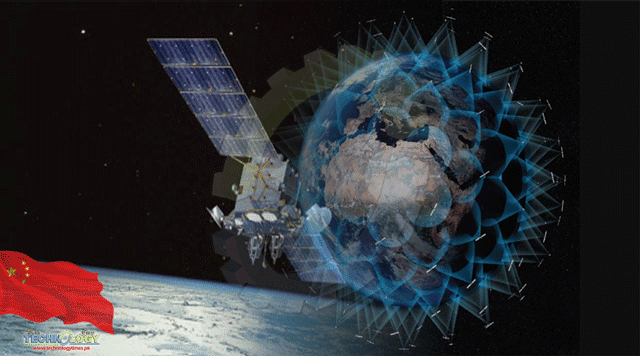The International Telecommunications Union (ITU) received a spectrum allocation filing which revealed China’s future plans to construct two “GW” low Earth orbit megaconstellation with a grand total of 12,992 satellites.

China to start overseeing the construction of a national satellite internet megaconstellation.
Recording to recent reports, there have been alterations to the initial plans by the space sector state-owned enterprises.
Senior officials indicate the possibility of making these a part of a larger “Guowang” or “national network” satellite internet project, reports Space News.
The International Telecommunications Union (ITU) received a spectrum allocation filing which revealed China’s future plans to construct two “GW” low Earth orbit constellations with a grand total of 12,992 satellites.
The filings also state plans for the GW to consists of sub-constellation which are expected to be anywhere from 500-1,145 kilometers in altitude with reportedly 30-85 degrees of inclinations.
The satellites are expected to operate across a range of frequency bands.
Bao Weimin, a senior official of the China Aerospace Science and Technology Corp. (CASC) stated, “we are planning and developing space-based internet satellites and have launched test satellites.”
“A “national network” (Guo Wang) company will also be established to be responsible for the overall planning and operation of the satellite internet construction,” Bao added.
On Monday Ge Yujun, president of China Spacesat Co, Ltd., a CASC subsidiary, told The Paper that the initial plans for Hongyan and CASIC’s Hongyun will “undergo major changes”.
Both of the constellations were announced in 2018 and since then a handful of technology verification satellites have been launched. The CASC planned to launch the first 60 Hongyan satellites by 2022.
Based on current reports, the older constellations are planned to biome a part of the new, larger “national network” project.
Developing these satellites has now become a national priority, according to Space News.
With constellations such as SpaceX’s Starlink and OneWeb as well as Amazon ordering Atlas 5 missions for its Kuiper broadband satellites, the GW is faced with even more urgency to address the deployment of mega constellations issue including space debris and space traffic management.
“I personally would take the likelihood of the successful deployment of the GW megaconstellation seriously. It should place further emphasis and urgency on the need to improve global coordination practices for the deployment and operation of large constellations,” says Ian Christensen, director of private sector programs at Secure World Foundation,
“Space safety is an area where there are shared interests between U.S and Chinese actors, including both government and private sector actors, but overall geopolitical trends make meaningful dialogue challenging.”
Source: The Business Standard